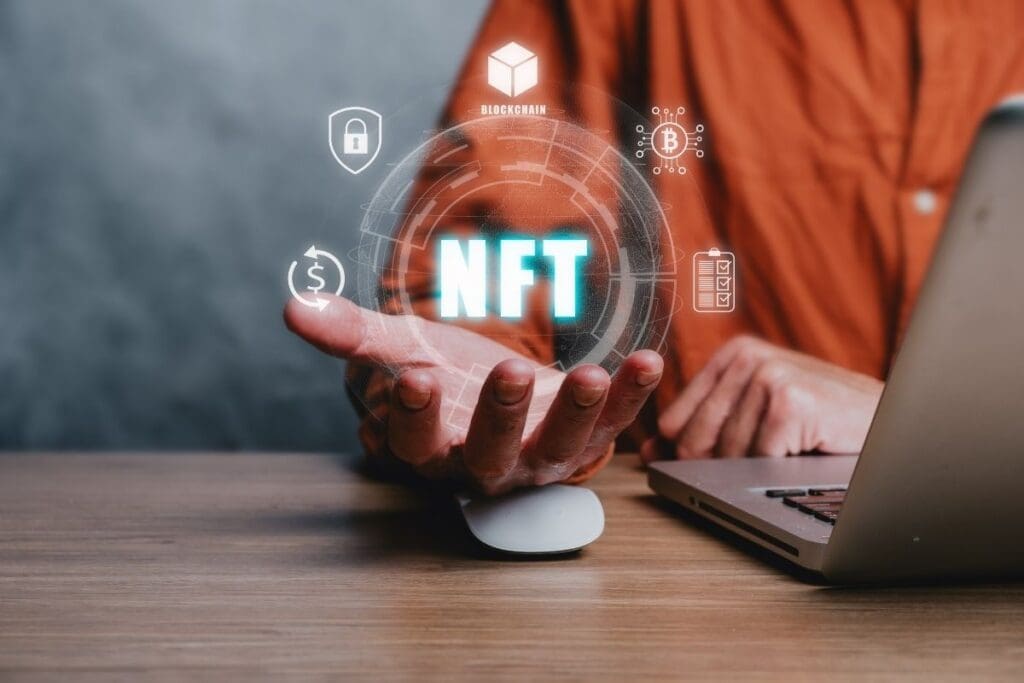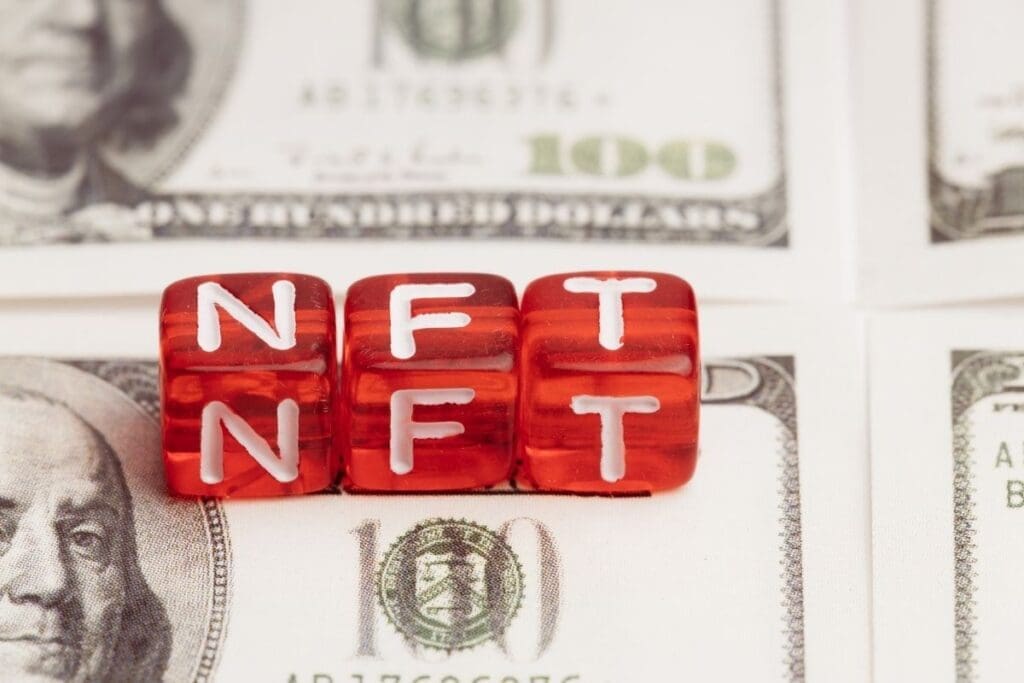NFTs, or non-fungible tokens, have taken the world by storm in 2021, attracting a wide range of investors and enthusiasts. Seen as the building blocks of the metaverse, NFTs are viewed as a crucial component of the future digital landscape. However, with all new technologies, NFTs also come with their own set of challenges and risks that need to be carefully navigated.
Regulatory Concerns
NFTs, despite their advantages, can be manipulated by individuals with malicious intentions. The anonymity present in NFT transactions can lead to money laundering activities, prompting governments to consider regulations to enhance transparency. While these laws may curb illicit practices, they could also stifle the growth of the NFT market.
Valuation Volatility

While some see NFTs as art and a form of expression, others view them as investment opportunities. This commercial aspect introduces volatility, with NFT values susceptible to fluctuations. Factors like scarcity and rarity influence their value, but much of it remains subjective. For instance, the sale of a virtual stone from the EtherRock project for $1.3 million shows how social and novelty factors can inflate market value.
Storage Security

The security of your NFTs heavily relies on how they are stored. NFTs can be stored in physical wallets, decentralized networks, centralized servers, or cryptocurrency wallets. However, losing access to your wallet’s seed keys means losing access to your NFTs permanently. Centralized server storage exposes NFTs to hacking or server crashes, potentially resulting in permanent loss.
Smart Contract Vulnerabilities

Smart contracts power transactions on blockchain networks but can also be vulnerable to attacks. The Poly Network hack in August 2021, where $610 million was stolen due to smart contract exploits, underscored the security risks faced by blockchain networks and NFT holders.
Fraud

Despite efforts to prevent forgery, NFTs are still susceptible to fraud. Scammers create counterfeit works or impersonate artists to sell illegitimate NFTs, eroding trust in the marketplace. The ease of production and distribution in the NFT space can sometimes work against buyers, leading to fraudulent transactions.
How Can You Minimize These Risks?
As the NFT landscape evolves rapidly, it’s crucial to take steps to mitigate risks. Thoroughly research platforms, authenticate artists, assess project credibility, and if possible, review smart contracts for any vulnerabilities. Diligence is key in safeguarding your investments in this dynamic digital space.
You may also like this content
Follow us on TWITTER (X) and be instantly informed about the latest developments…
Copy URL
Looking for more trending news in the world of blockchain and cryptocurrency? Check out DeFi Daily News for the latest updates!



















